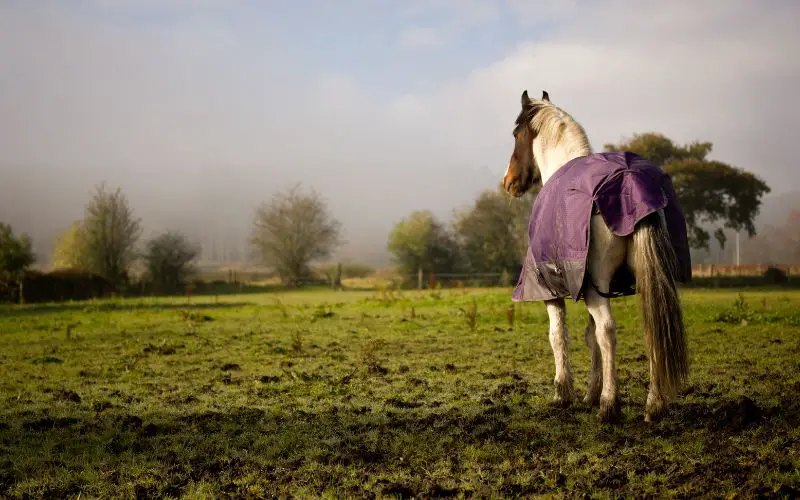You know the saying, “No two horses are alike?” This is especially true when it comes to how they let you ride. A horse’s well-being has a lot to do with how they’ll act under saddle.
A horse who’s in pain is not going to be as cooperative as one who feels good. The same goes for a horse who’s uncomfortable with its tack or surroundings. If they are not used to being ridden in an arena, they may be tense and less willing to go where you want them to go.
Your horse’s well-being should be a top priority if you want them to be the best partner possible. In this article, we’ll explore some of the best practices for your horse’s well-being.
Rugging your horse
Rugging your horse is one of the most important things you can do to ensure their well-being. A horse that is too cold or too hot is more likely to be uncomfortable and may resist being ridden. Therefore, you need to rug them correctly. Explore the variety of Kentucky turnout rugs, specifically made to keep your horse dry and comfortable.
Consider the following when rugging your horse:
- The type of coat your horse has.
- The weather conditions.
- Your horse’s activity level.

How to care for your horse
Taking good care of your horse influences their well-being. If your horse is not feeling well, they may not be as responsive to your cues or as willing to work.
Here are a few tips to keep your horse healthy and happy:
Feed them a nutritious diet
Horses need a balanced diet to stay healthy. Make sure they have access to fresh, clean water always. Feed them a diet that includes hay, grain, and other forage as appropriate for their age, breed, and activity level.
Give your horse regular exercise
A horse who is regularly exercised is generally healthier and happier than one who isn’t. This can be done by the turnout in a pasture or arena work. Just make sure they get enough movement to maintain muscle tone and good circulation.
Exercise helps to keep their muscles and joints healthy. It keeps their digestive system functioning properly, and their mind active and engaged.
Keep them clean and well-groomed
Regular grooming helps to stimulate circulation and keep your horse’s coat and skin healthy. Groom your horse regularly to remove dirt and debris from their coat and massage their muscles. This also allows you to check for any injuries or health concerns.
Provide regular hoof care by trimming and balancing his hooves every 6-8 weeks. This helps prevent pain and lameness issues down the road.
Have them regularly checked by a veterinarian
An annual wellness exam is a good way to catch any potential health problems early on. Be sure to alert your vet to any changes in your horse’s behavior or appearance that might indicate an issue.
Conclusion
A happy and healthy horse is more likely to be willing and able to perform at their best. By rugging and taking good care of your horse, you can induce a positive attitude.
READ NEXT: Horse and Pony Enrichment: All You Need to Know For A Happy Horse
This is a guest post.

